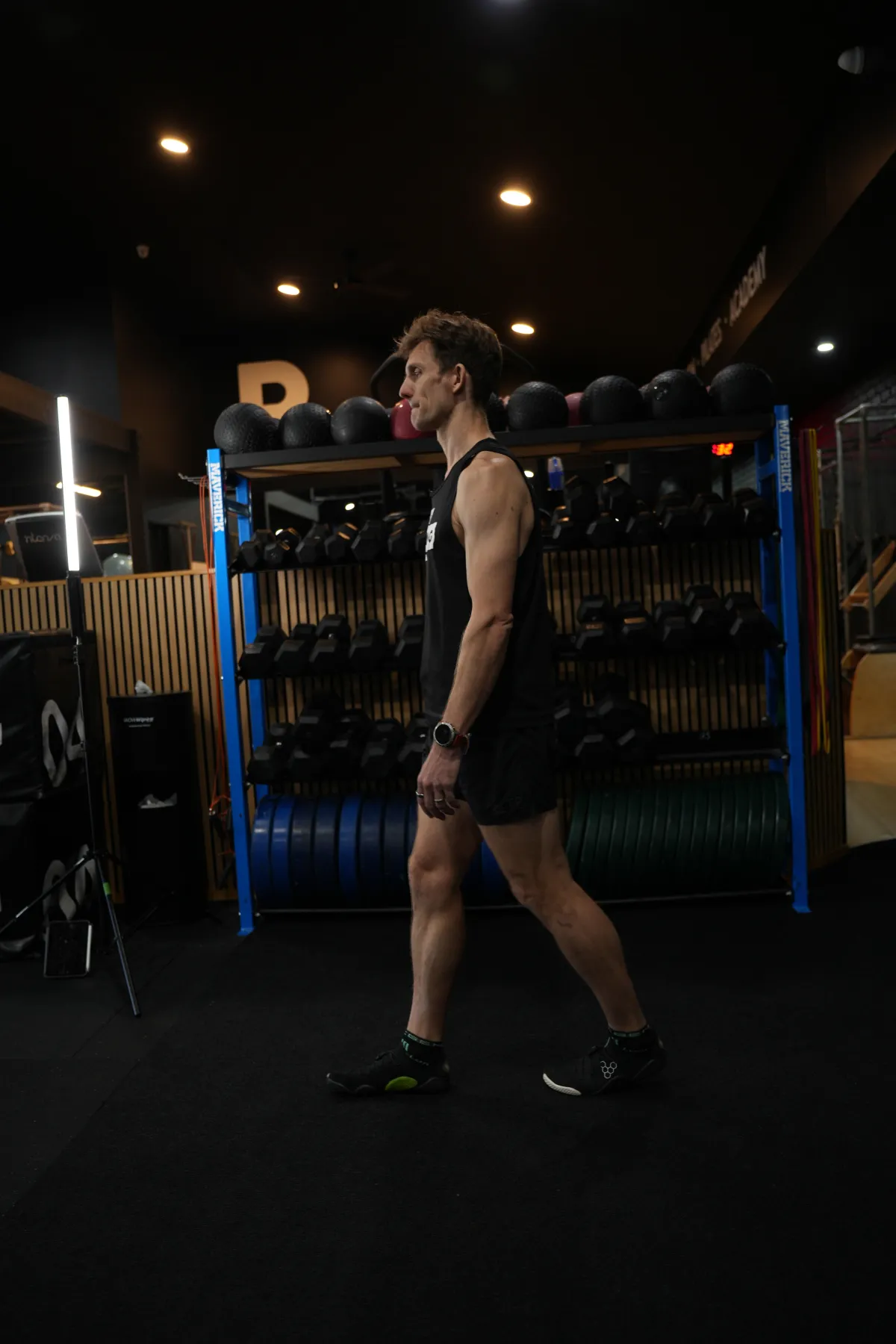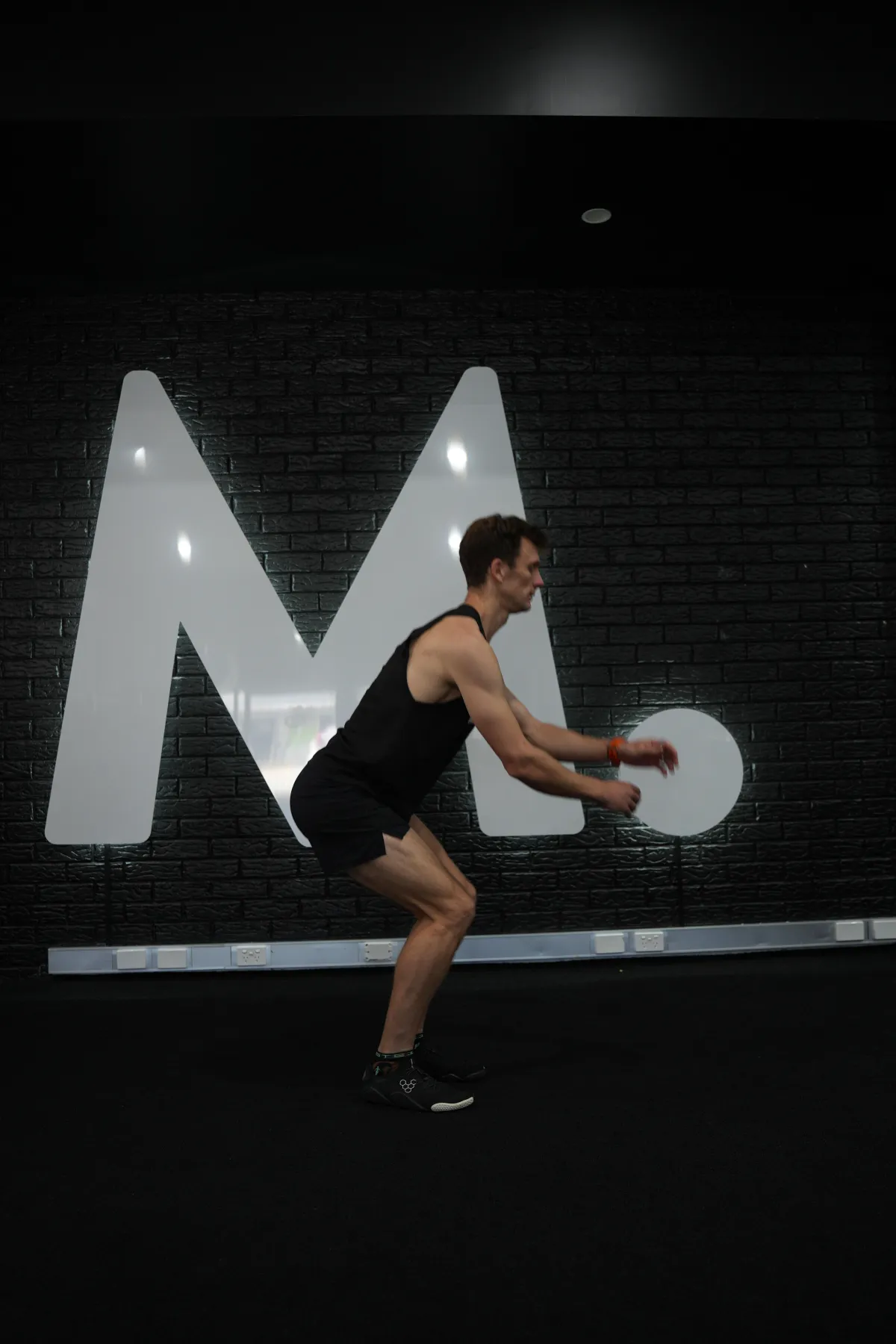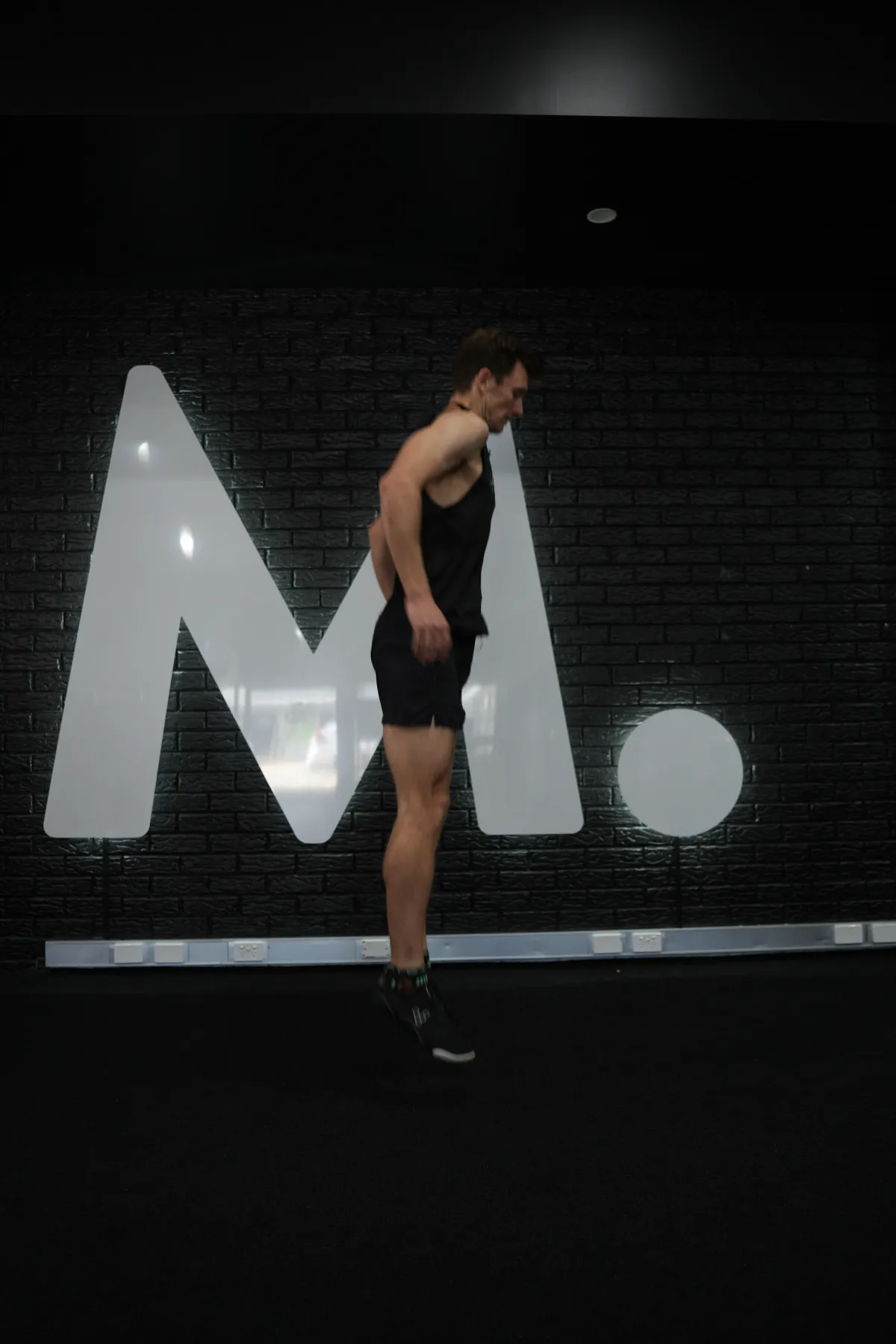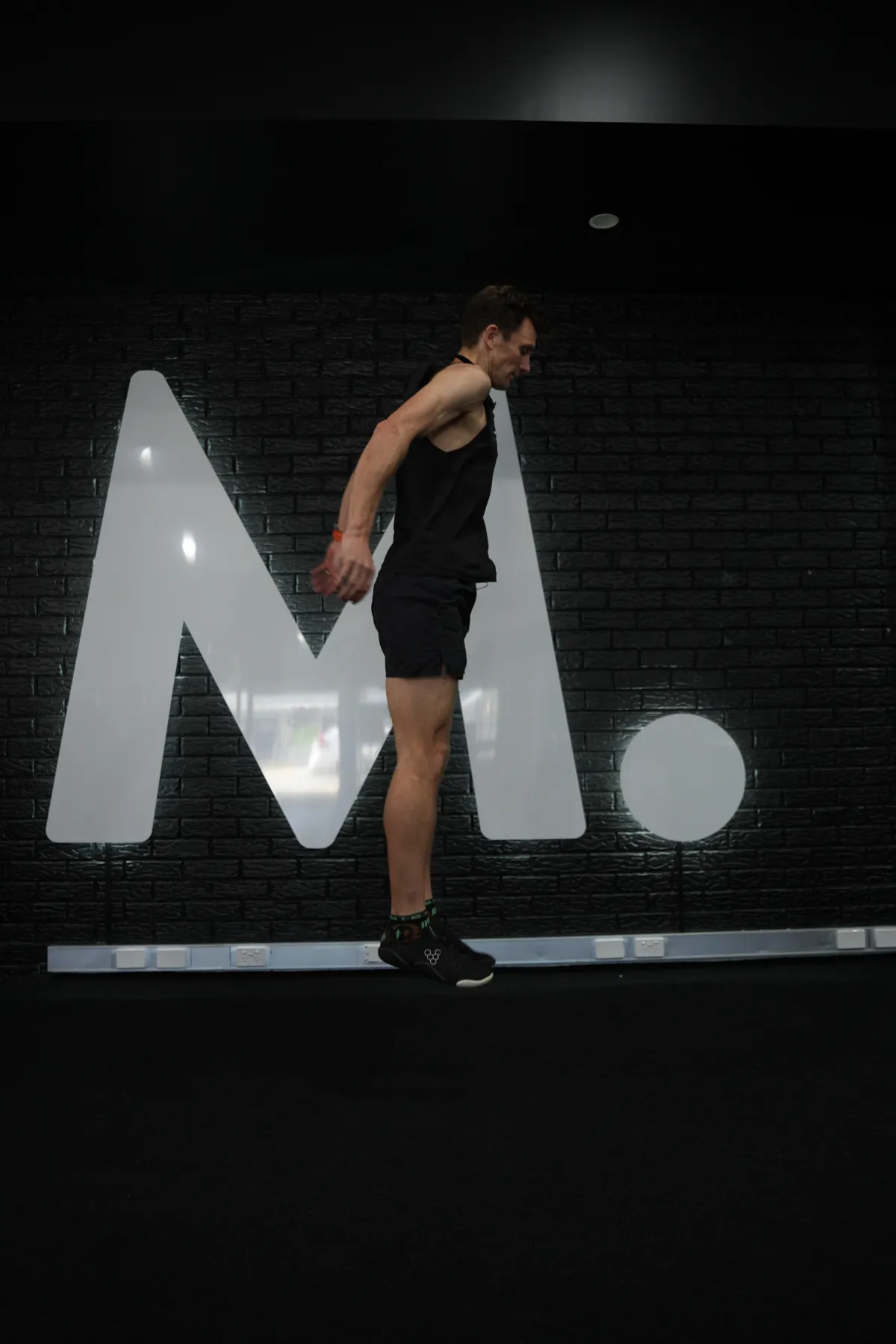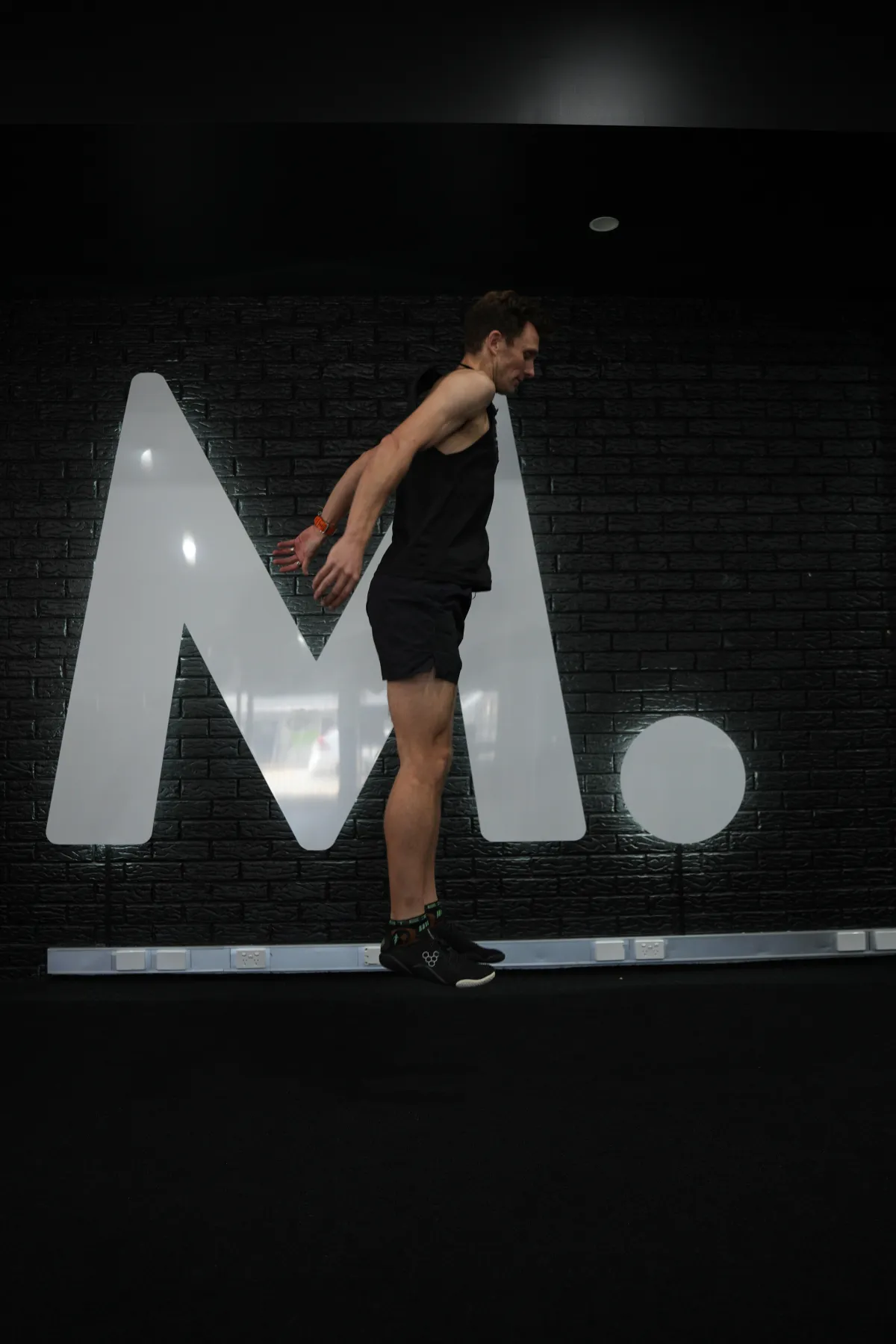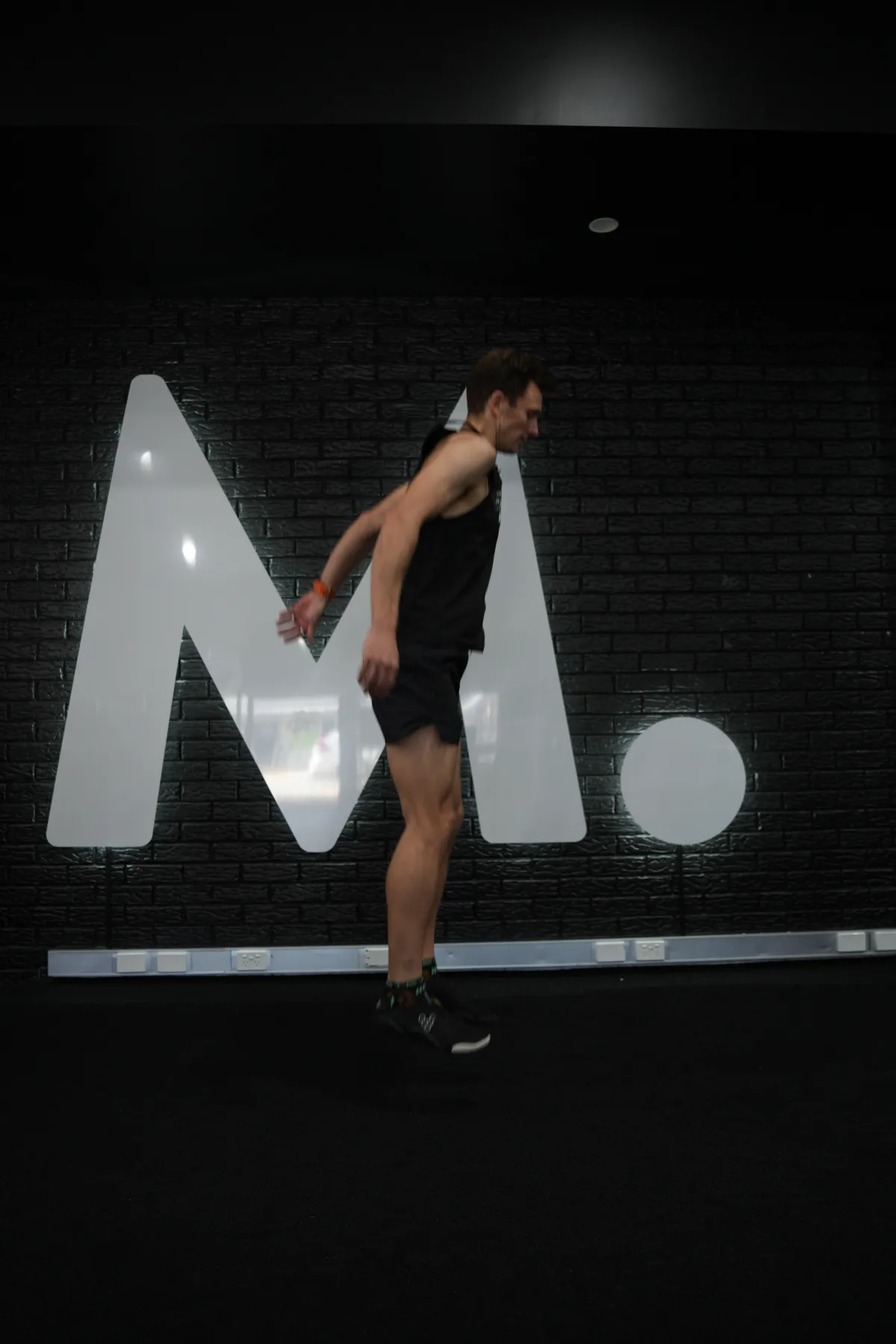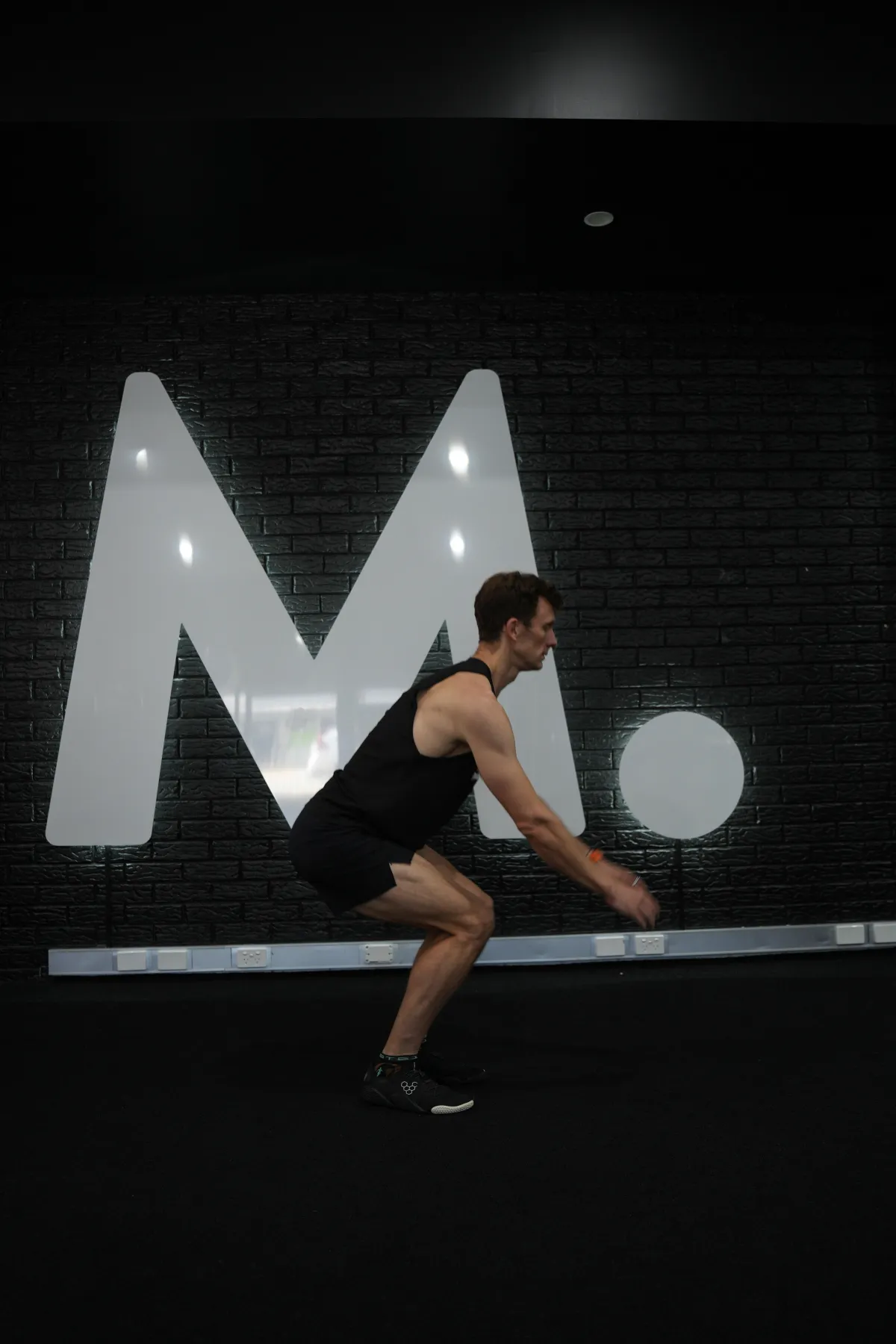
What You’ll Learn in This Free Guide
✅ How to move in a way that reduces strain on your quads, calves, hip flexors, knees and feet.
✅ Why your glutes and core should be doing most of the work—and how to activate them.
✅ A step-by-step breakdown of The Functional Step—so you can feel the difference instantly.
✅ How elite runners use gravity and elasticity for effortless movement—and how you can too.
🚀 Ready to experience this for yourself?
👉 Sign up now to get instant access to the free video and experience effortless movement for yourself!
👉 Join the hundreds of runners who’ve already transformed their movement with The Functional Step!


Why Most Runners Struggle (And How to Fix It)
Most people think running injuries come from weak muscles or the wrong shoes. But the real issue is how you move.
When you run using the wrong mechanics, you rely too much on your calves, feet, hamstrings and quads, which puts excessive stress on your body. This leads to:
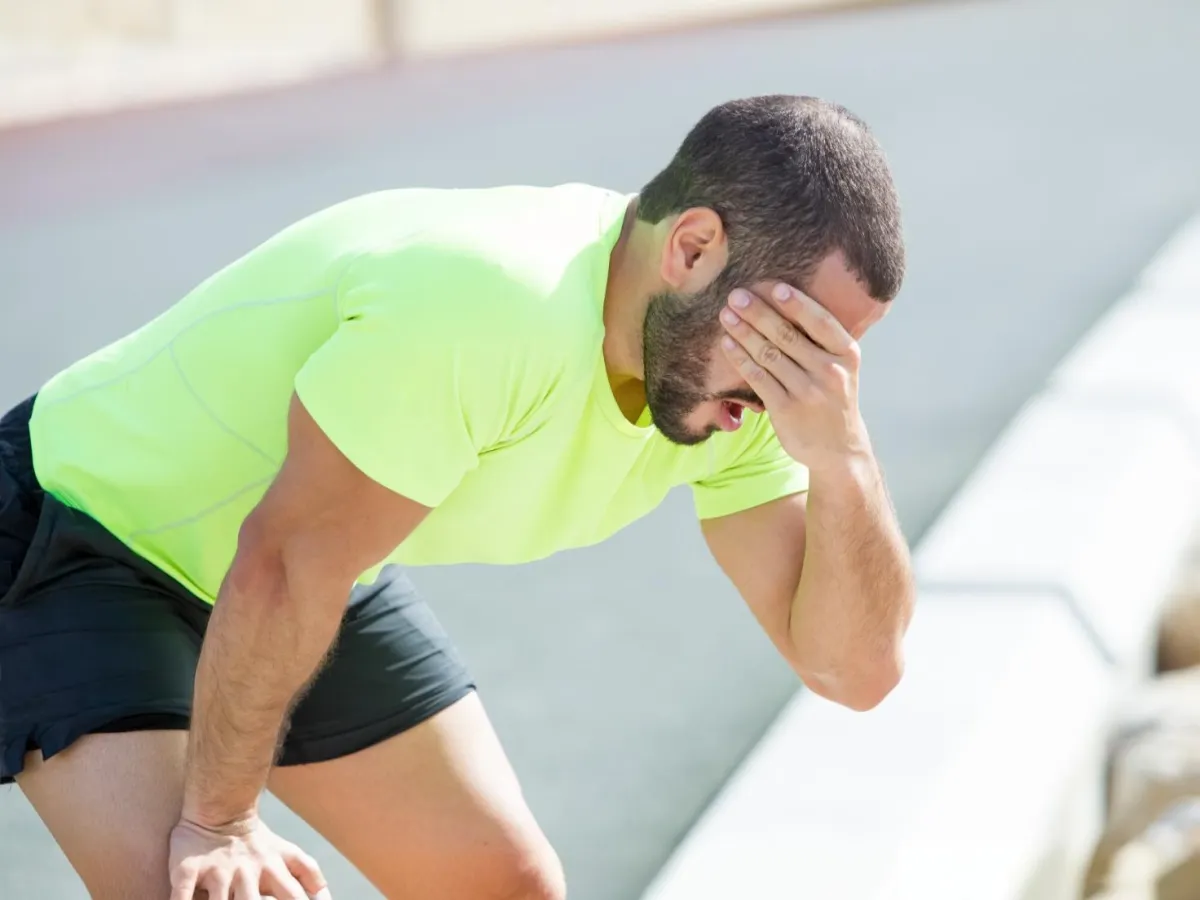
❌ Knee pain
❌ Achilles tightness
❌ Plantar fasciitis
❌ ITB Syndrome
❌ Lower back discomfort
The Functional Step changes everything. It teaches you how to use your glutes and core as your primary propulsion system, so the rest of your body stays relaxed, and you move efficiently and pain-free.
👉 Watch the free 2-minute video now and feel the difference instantly!
The Science Behind the Functional Step
The Functional Step works because it aligns movement with the body’s
natural mechanics, leveraging key biomechanical principles:
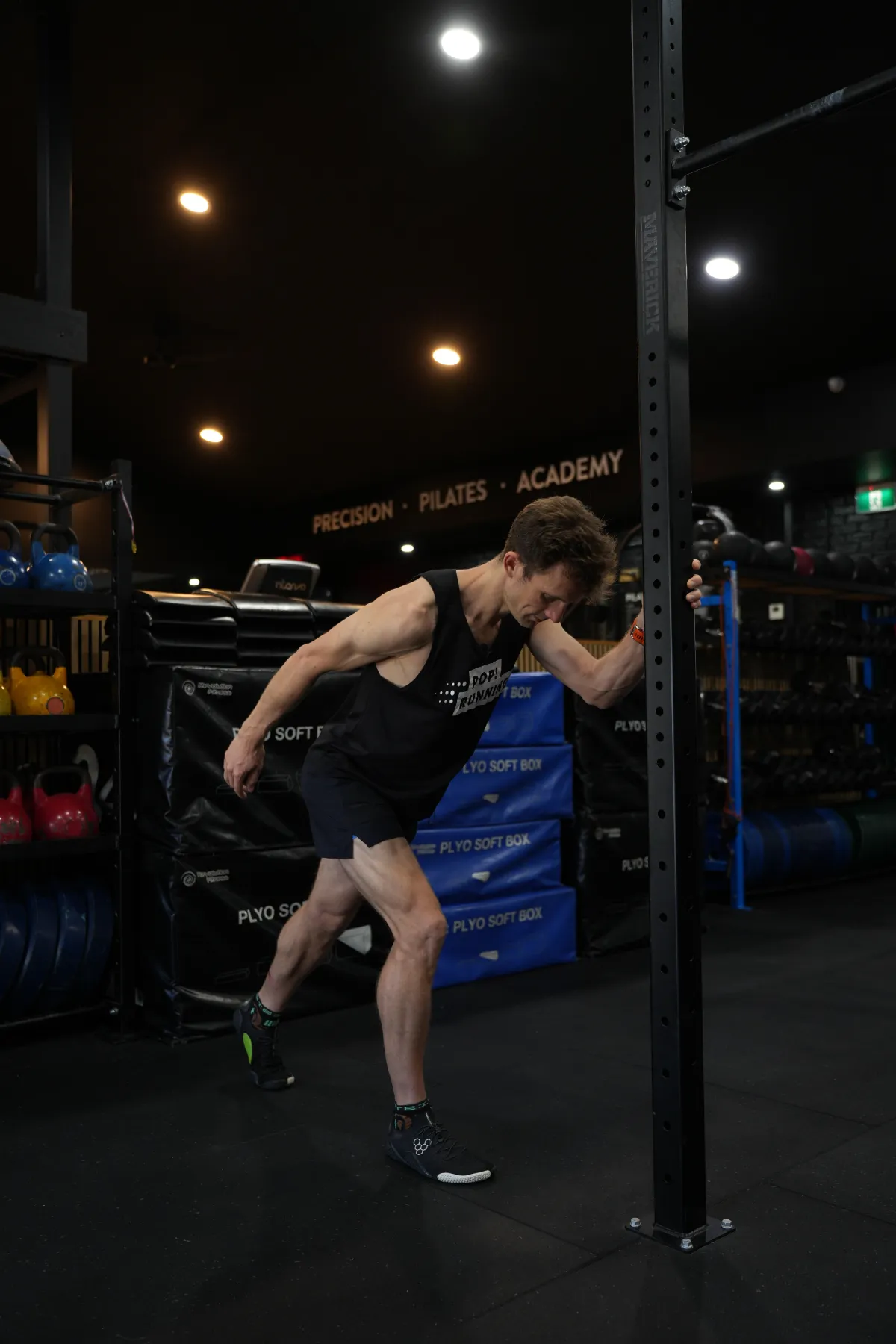

1. Gravity-Assisted Forward Motion
Instead of muscling through every step, you allow gravity to pull you down in the coil phase and forward in the propulsion phase, naturally working the human spring and minimising unnecessary energy expenditure. This is how elite runners maintain effortless speed.
2. Glute-Driven Propulsion
Your glutes are the most powerful muscles in the body, designed for hip extension, which is the primary driver of efficient forward movement. Activating them correctly takes the load off the calves, quads, knees, and all the other supporting muscles of the body.
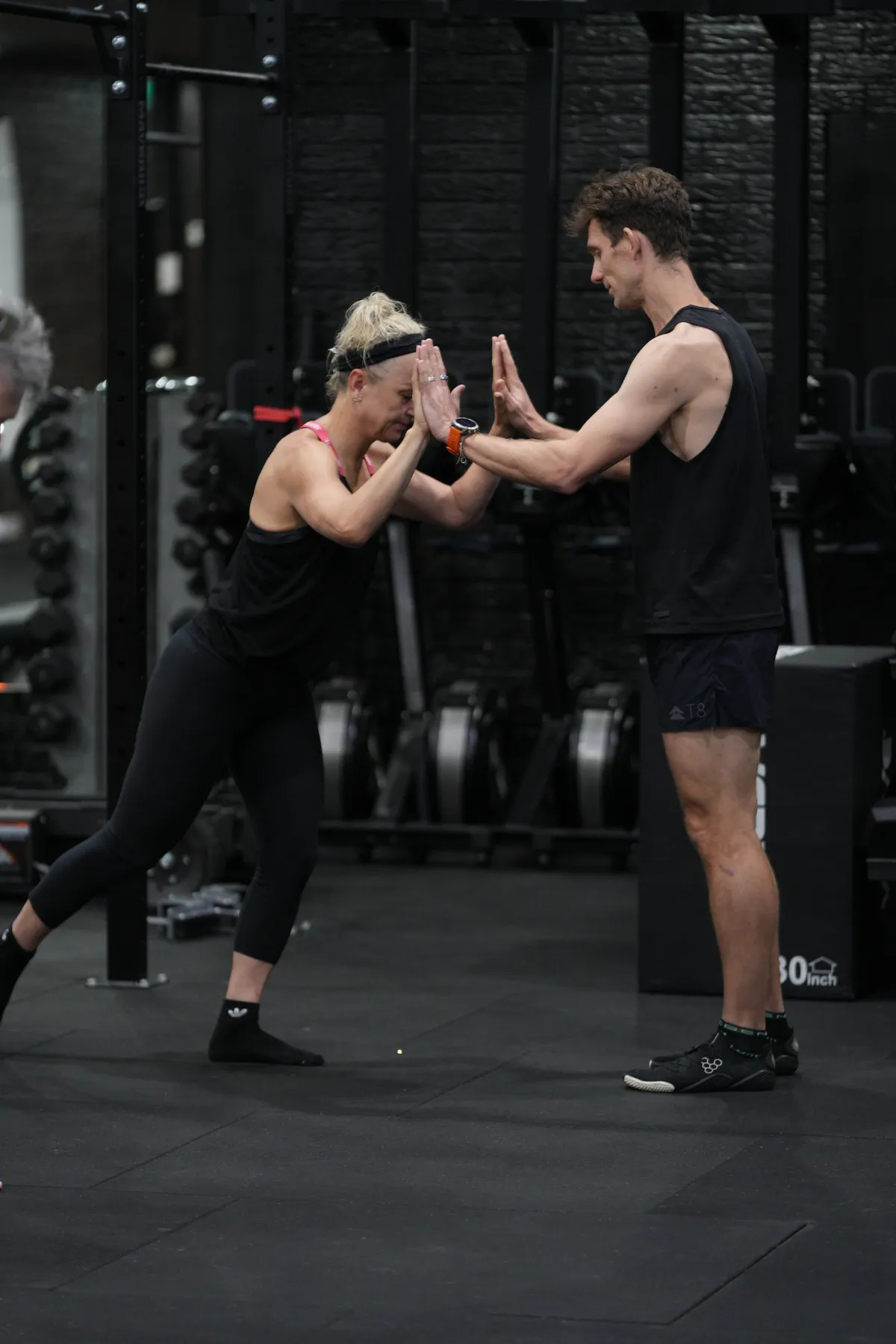
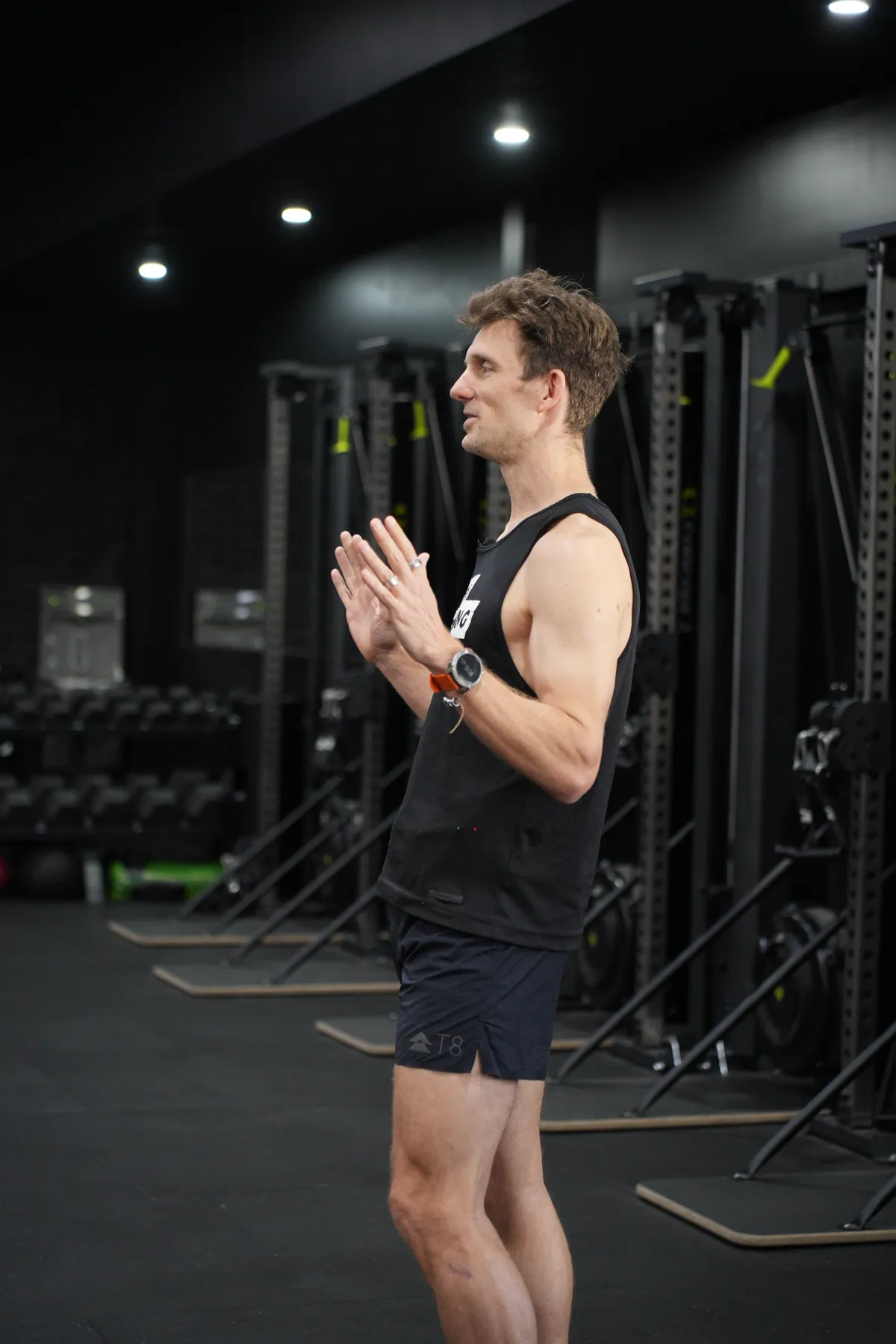
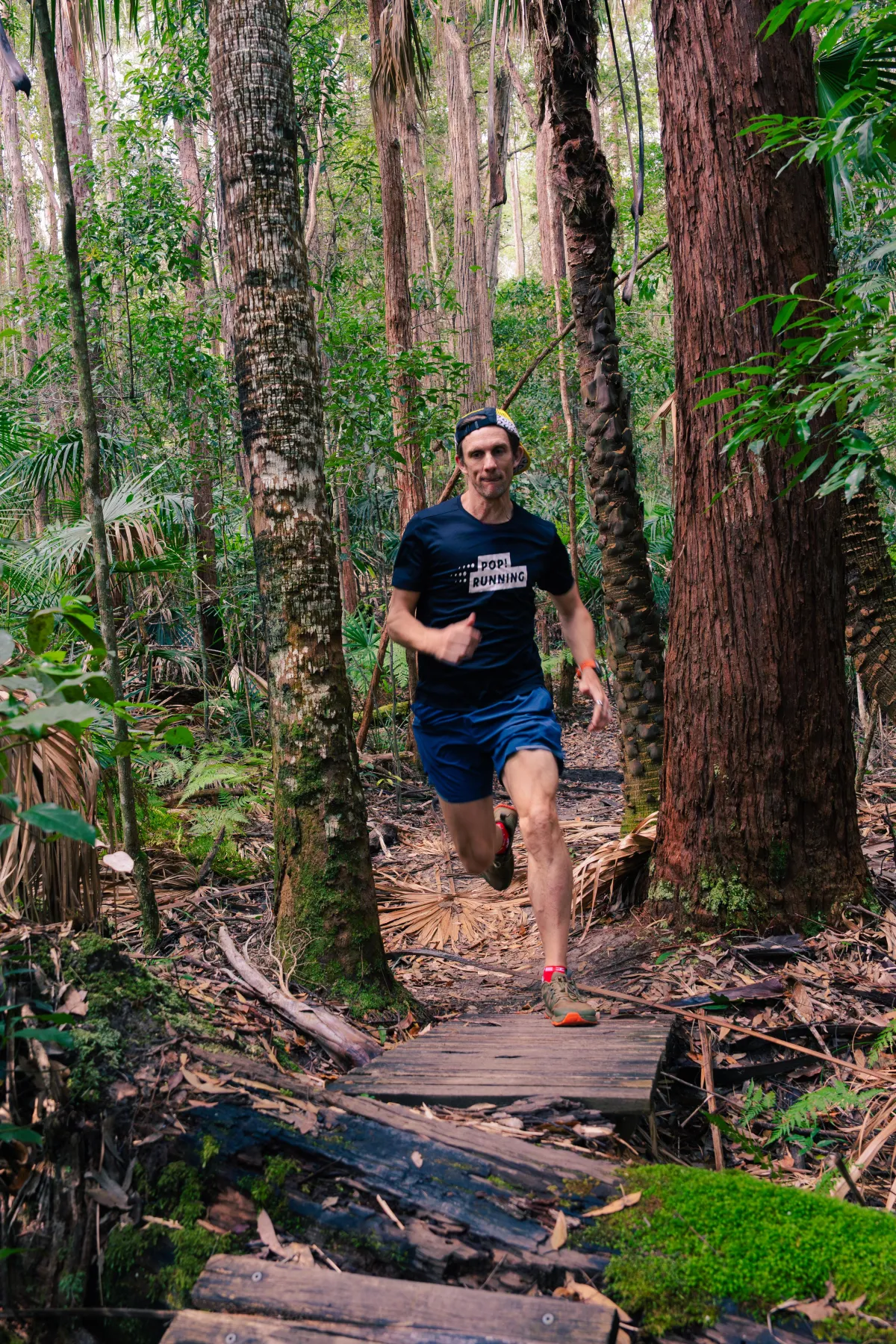
3. Elastic Recoil Efficiency
Your muscles, tendons, and fascia store and release energy, reducing the metabolic cost of movement. This is what makes running naturally springy and light when done correctly.
4. Whole-Body Integration
Instead of isolating muscles, you engage the entire kinetic chain, allowing forces to distribute naturally and preventing unnecessary tension and strain.
